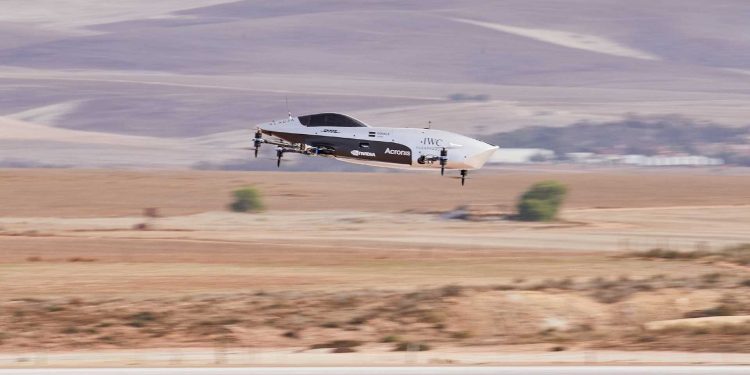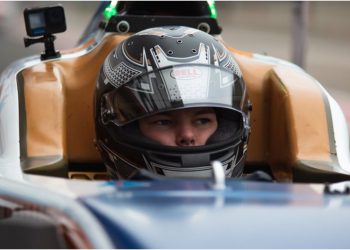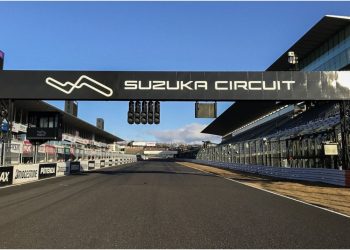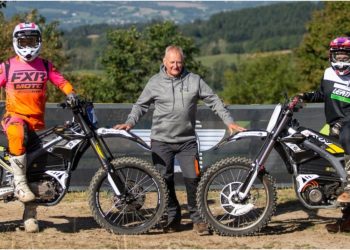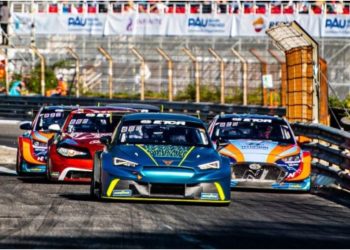With the responsibility and safety required for a competition so ambitious as the Airspeeder, a series of flying electric cars, the tournament organizers and their impressive technical team continue to carry out tests to fine-tune details ahead of the debut.
On this occasion, it was an expedition involving two vehicles, a test that was successfully completed, according to the competition itself. The unmanned prototype test flight, over a site near Adelaide, South Australia, marks the first time that two units have taken off together.
The goal is to have human pilots inside the cockpit for a manned race series, something like an airborne Grand Prix around the world by 2022. Prior to this, several octocopters will fly remotely on augmented reality aerial tracks, as part of the ‘EXA Series’ before the end of 2021.
A Glimpse of Incredible Competition
Matthew Pearson, Airspeeder and Alauda Aeronautics founder, was pleased with the successful tests, and emphasizes that it is getting closer to bringing the innovative and ambitious project to life in the skies.
“These historic first flights of two racing vehicles not only show how amazing our next races will look, but lay the groundwork for the introduction of flying cars in cities around the world,” he said.
Read also: Roborace Joins NFT World after Pacting Alliance with Wakatta
The dual test flights offer a glimpse of what a race will look like in the upcoming EXA series, to be piloted by remote control, to be held later this year. Exact dates will be announced soon.
EXA will see drivers remotely control cars via augmented reality-enabled “sky tracks2 , and audiences will be able to watch via digital broadcasts.
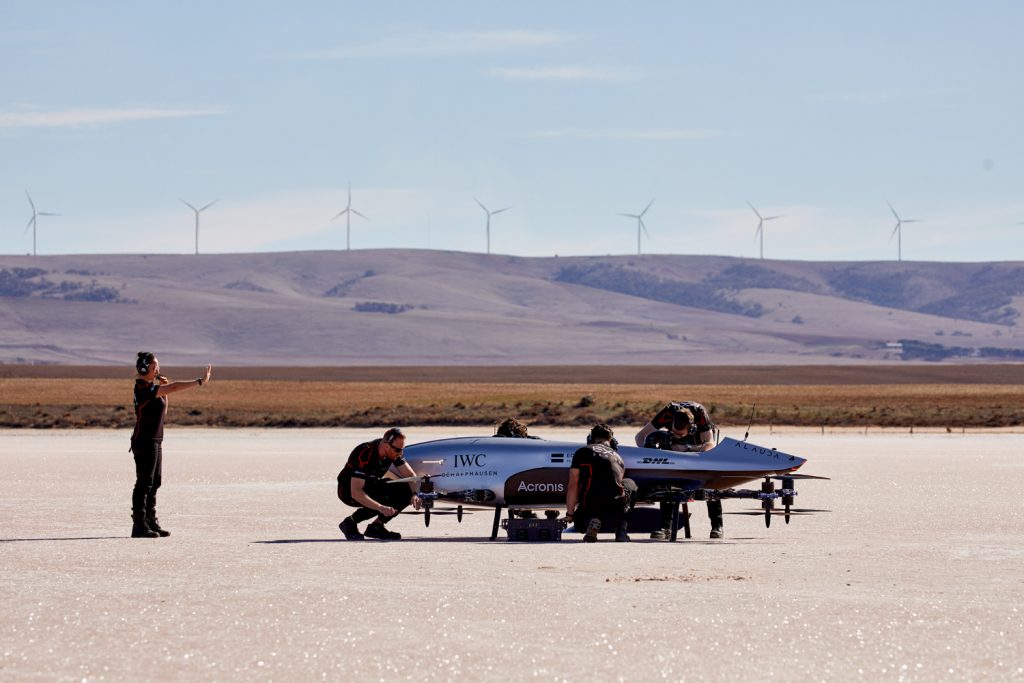
Image: Airspeeder
Mk3 vehicle drivers will sit on a simulator that mimics the dynamics and ergonomics of the cockpit itself, while the onboard “Aviator” robot will turn its head when the driver turns his or her head.
“EXA delivers on the promise of a future depicted for the first time in science fiction,” Pearson added. He explained that the craft is powered by a Lithium Polymer battery that allows it to fly for about 15 minutes. Each ride will be 45 minutes long, which means two motorsports-style pit stops will be needed to change the battery in 20 seconds.
Back in early September of this year, Aispeeder conducted tests with the Mk3 and managed to reach speeds of 93 kilometers per hour. With this dual test successfully completed, the foundations are gradually being laid for a competition that will surprise the world with the technology applied.
Written by I Jhonattan González





